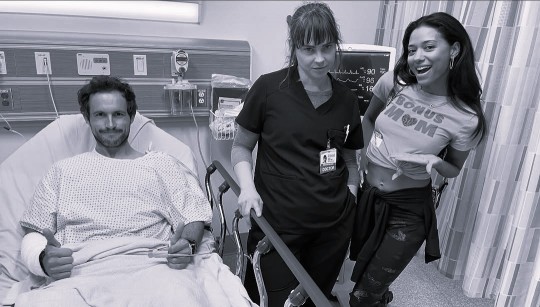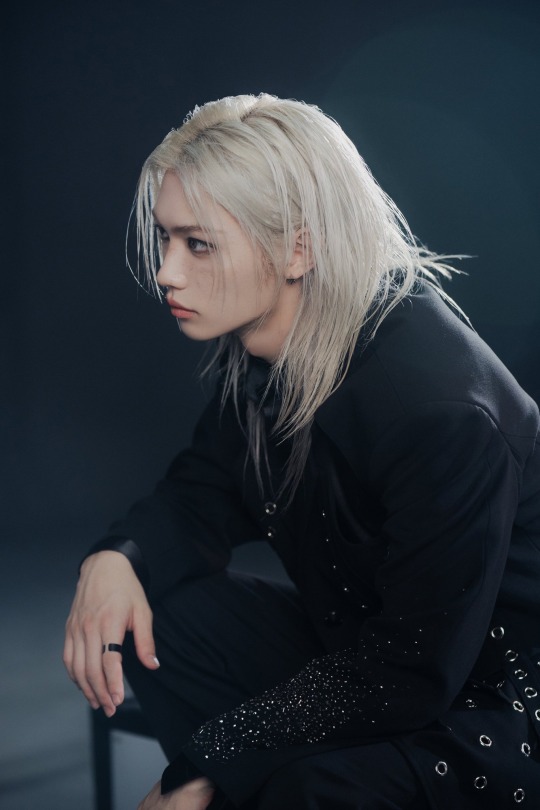#Behind The Scenes
Explore tagged Tumblr posts
Text
taglist: @achooinmyheart @tiger-posting @littlemisspoets-blog @carrd-and-blog-resource @mialovesyouchris @angelicstarchild @sabrinaannylyn
(reply “taglist pls” to be added or dm me)
goth divider set
decor creator - requests open - credit me if you use!!

















જ⁀➴ please give me credit if you use
#goth#emo#tribal#goth divider#kodaswrld 🎀#tribal divider#emo dividers#tribal dividers#spider divider#spider dividers#spiderweb divider#spiderweb dividers#emo divider#red divider#black divider#black dividers#red dividers#slipknot#goth dividers#slipknot divider#lace dividers#dividers by kodaswrld#slipknot dividers#lace divider#kodaswrld#scene#scenecore#scemo#scene kid#behind the scenes
1K notes
·
View notes
Text
New 911onabc instagram post, captioned with
It's our 118th episode on Thursday!.. 🎉
Let's quiz @kennethchoi_, @jenniferlovehewitt, and Peter and see who knows their episodes and seasons best 👀 #911onABC
#9-1-1#9-1-1 on abc#8b#911 spoilers#911onabc#behind the scenes#instagram#911 abc#chimney begins is not season 1 😭
311 notes
·
View notes
Text






SIMONE ASHLEY & JONATHAN BAILEY Bridgerton | BTS
#tvedit#bridgertonedit#perioddramaedit#bridgerton#kanthonyedit#by tha#kathonyedit#kanthony#kathony#dailybridgerton#jonathan bailey#simone ashley#userrlaura#userveronika#usernik#userpayel#usersteen#useradie#tusereliza#userines#usersaoirse#behind the scenes#bts
275 notes
·
View notes
Text

via louferrignojr
309 notes
·
View notes
Text
screaminggggggg


#sith lord
HAYDEN CHRISTENSEN On the set of Ahsoka (2023–)
#animations#not mine#i love purple#anakin skywalker#behind the scenes#ahsoka#star wars#hayden christensen
803 notes
·
View notes
Text
Good Omens s1: Behind the Scenes!


zoom in a little bit and:




“I had the pleasure of creating striking hair and makeup looks for the remarkable Yusef Gatewood in his captivating role as Famine”. Says simcamps_pro on insta





#good omens#ineffable husbands#terry pratchett#four horsepeople of the apocalypse#famine#war#adam and eve#crowley#aziraphale#david tennant#michael sheen#behind the scenes#good omens bts
176 notes
·
View notes
Note
im curious abt those tags- who's murdered/been murdered that you've reset before?
so many cats. i reset moons so so so much it's a habit of mine. i couldn't possibly tell you all the murders but i do have screenshots of a few more recent ones!






#fallenasks#these are great bc they let me know what relationships to mediate#but sometimes the cats dont even dislike each other that much. clangen is fun#behind the scenes#of course the mason/wacks one did happen and i didnt reset it but i included it anyway
159 notes
·
View notes
Text










Severance - Behind the Scenes
195 notes
·
View notes
Text

Margot Robbie on the set of Emerald Fennell's Wuthering Heights.
#Wuthering Heights 2025#Emerald Fennell#2025#UK#Margot Robbie#Behind the scenes#52 films by women#women in film#directed by women
158 notes
·
View notes
Text

Sigourney Weaver tries out the flame thrower for Alien (1979)
179 notes
·
View notes
Text
Chloe aka "Bonus Mom"

📷 @jonettakaiser IG
The Pitt 01x11 5:00 P.M.








THE PITT 1.11 • 5:00 P.M.
#cassie mckay#fiona dourif#the pitt#the pitt 1x11#5:00 P.M.#bonus mom#jonetta kaiser#chloe#rob heaps#chad ashcroft#harrison ashcroft#season 1#bts#behind the scenes#the pitt max#pittgifs
286 notes
·
View notes
Text
More behind the scenes with Seb as the Winter Soldier ★



I can’t get enough of him 🫶🏻
#sebastian stan#bucky barnes#james buchanan barnes#winter soldier#captain america winter soldier#behind the scenes#marvel#mcu#your honor i love him#he’s so pretty#epitome of boyfriend s#meow#pinterest gifs#credits to op
97 notes
·
View notes
Text
New 911onabc instagram post, captioned with
The most supportive cast. 🥺❤️If you haven't seen @appleofhisai's directorial debut yet, stream on Hulu now!
#9-1-1#9-1-1 on abc#8b#911 spoilers#911onabc#behind the scenes#911 abc#oliver stark#ostark#kenny#kenny choi#aisha#aisha hinds#instagram#8x11
264 notes
·
View notes
Text

911onabc: It's our 118th episode on Thursday!! 🎉 Let's quiz @.kennethchoi_, @.jenniferlovehewitt, and Peter and see who knows their episodes and seasons best 👀 #911onABC
#911 abc#911 spoilers#911onabc instagram#s8 promo#kenneth choi#jennifer love hewitt#peter krause#behind the scenes
103 notes
·
View notes
Text
Behind The Scenes - Felix 📸


#stray kids#straykids#skz#lee felix#felix#🤍🔆🤍#behind the scenes#twitter updates#sun beautiful photos
202 notes
·
View notes